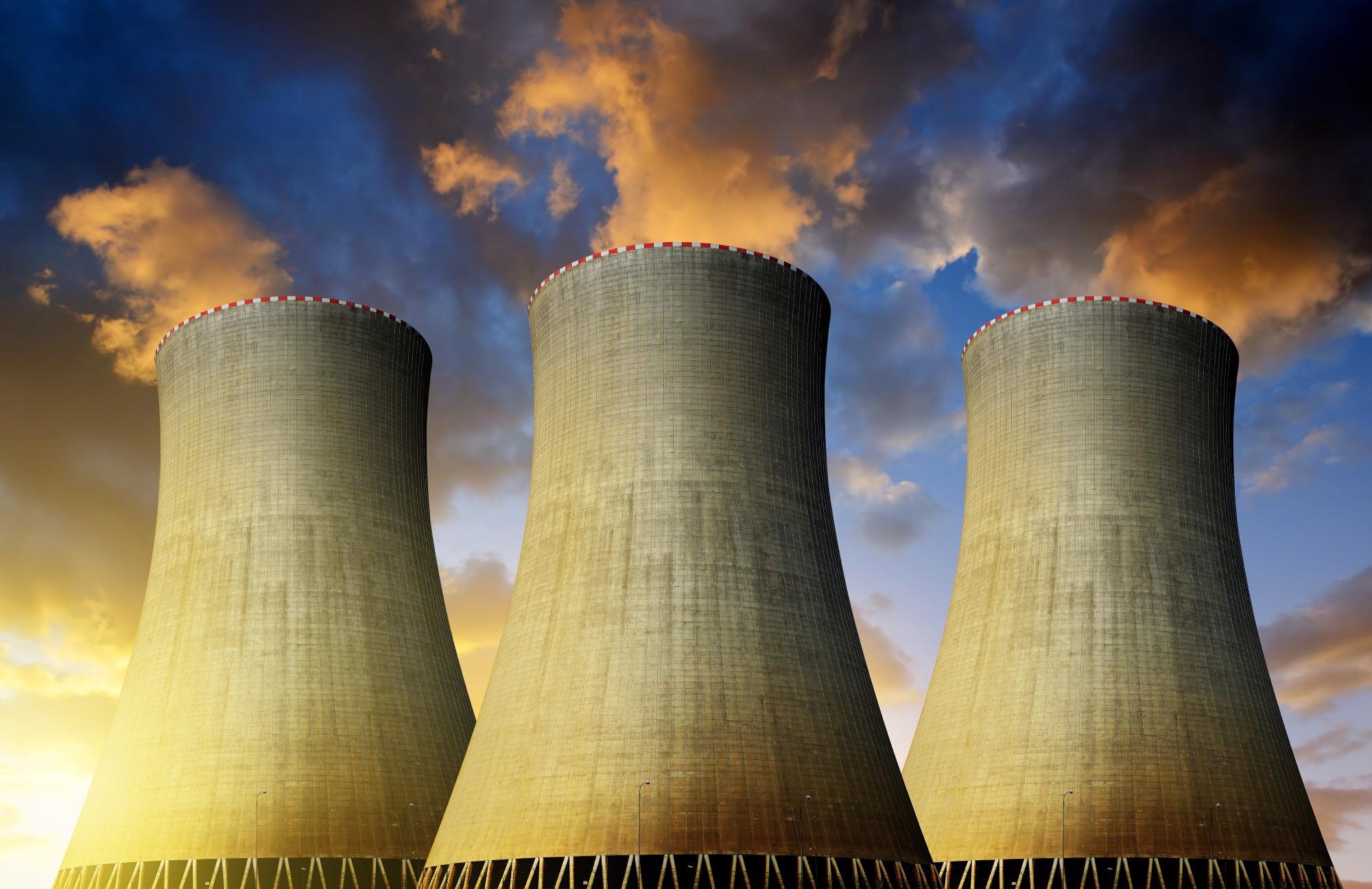While nuclear power is a zero-emission energy source, it still presents significant environmental challenges concerning what remains of the spent fuel rods – the nuclear waste generated as a byproduct from the nuclear reactor.

Image Credit: Shutterstock.com/ jaroslava V
Typically, nuclear waste is either buried or stored in spent fuel pools made of reinforced concrete various feet thick, with steel liners. The water in these containers is typically about 40 feet deep and is meant to shield the radiation and cool the rods.
Yet, there are still controversies surrounding current methods of disposal, and the potential risk nuclear waste poses to the environment.
One of the questions long circulating in the field is, what if there was a way to safely recycle nuclear waste? And what if recycling metal fuels for future advanced nuclear reactors was a real possibility?
To try to find an answer to such questions, University of Utah (U of U) engineering researchers will collaborate with a team from the Idaho National Laboratory (INL) for the development of what could be an exciting, simple process of innovative metal fuel recycling for nuclear reactors in the future.
These advanced reactors have been designed to be safer, more efficient at producing energy and cheaper to operate than current technology. The U of U and INL team have been presented with an award of a $2.1 million grant over three years from the U.S. Department of Energy’s ARPA-E program for the project.
With current light water-cooled nuclear reactors, you use the fuel for only about five years, then what do you do with it? Where do you dispose it? We currently have no place to put it other than on the site of the nuclear power plant that used it.
Michael Simpson, Professor of Materials Science and Engineering, University of Utah
“A better idea is to use a physical or chemical process to make the fuel usable in the reactor again,” Micheal adds.
Sodium Cooled Fast Reactor
The department of energy is keen to find alternative methods to deal with the concerns about nuclear waste. As it stands, no permanent repository exists for storing spent nuclear fuel rods which leave over 83,000 tons of radioactive waste spread across 75 sites over the States.
Therefore, backing new technology and developing alternative strategies such as the technology proposed by Simpson and his team will take a significant step towards overcoming these issues.
Initially, INL conceived of the advanced Sodium Cooled Fast Reactor (SFR), which incorporates a metallic uranium fuel objectively geared towards recyclability. Bringing this advanced technology to a commercial scale is the next part of the challenge.
SFR treats the fuel rods with a dynamic heating system which should allow, in theory, for the separation of recyclable materials which can be used over again.
Simpson explains that the waste needing complete disposal would be reduced by an “order of magnitude” in volume than what current methods offer.
We reduce the volume of nuclear waste that has to be disposed of, and we get more energy in the long run.
Michael Simpson, Professor of Materials Science and Engineering, University of Utah
Moreover, the team should also be able to reclaim fissionable material to use for power rather than simply throwing it away.
Validating the Model
During the course of the research, the team will use the Department of Energy funding to support the development of a computational model to gather data relating to the separation process of the various metals.
It is anticipated that, if successful, it could be as soon as 2030 when the first of these advanced sodium-cooled fast reactors go online. This means that reactors that are built with recycling in mind could allay some of the fears surrounding nuclear waste disposal.
This process will help pave the way for sustainable nuclear energy with minimal environmental impact and allow the U.S. to produce more energy while better addressing the global warming issue.
Michael Simpson, Professor of Materials Science and Engineering, University of Utah
Furthermore, new energy initiatives facilitate the transition away from fossil-based fuels towards renewable and nuclear energy sources for generating electricity.
This allows us to continue to use nuclear energy without worrying about this unsolved nuclear waste problem. Instead of just directly disposing it, we can recycle most of it and produce much less nuclear waste.
Michael Simpson, Professor of Materials Science and Engineering, University of Utah
References and Further Reading
Potter, L., (2022) A terrible thing to waste | @theU. [online] Attheu.utah.edu. Available at: https://attheu.utah.edu/announcements/a-terrible-thing-to-waste/
The College of Engineering at the University of Utah. (2022) U of U/INL Announce Research Partnership - The College of Engineering at the University of Utah. [online] Available at: https://www.coe.utah.edu/2022/02/24/u-of-u-inl-announce-research-partnership/
Disclaimer: The views expressed here are those of the author expressed in their private capacity and do not necessarily represent the views of AZoM.com Limited T/A AZoNetwork the owner and operator of this website. This disclaimer forms part of the Terms and conditions of use of this website.